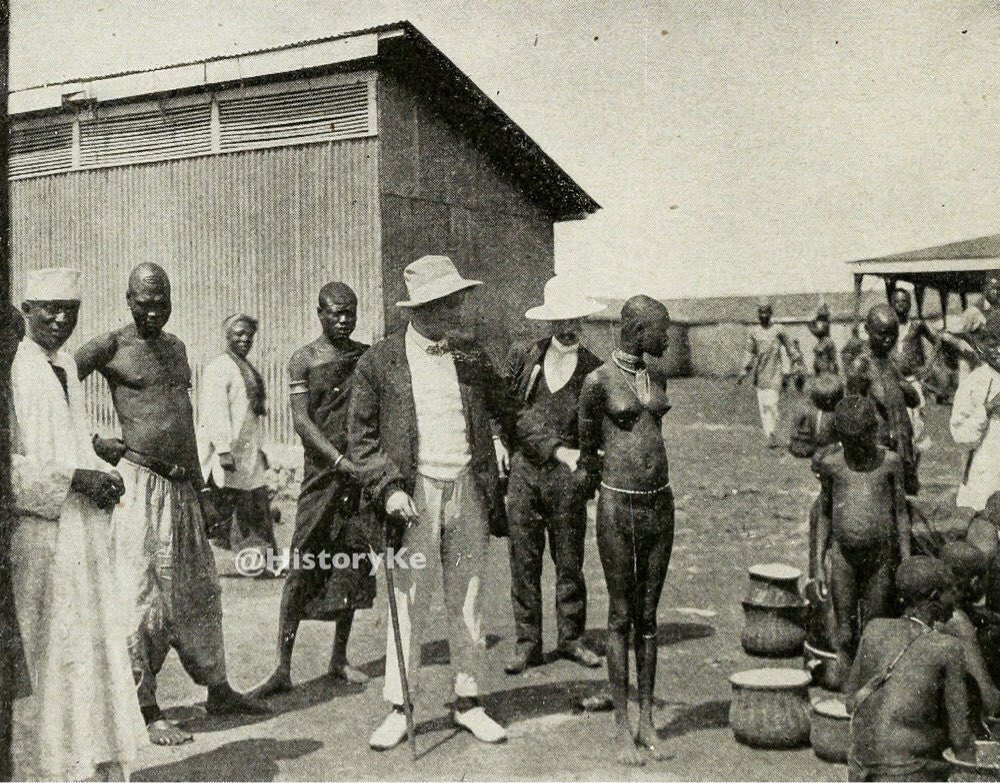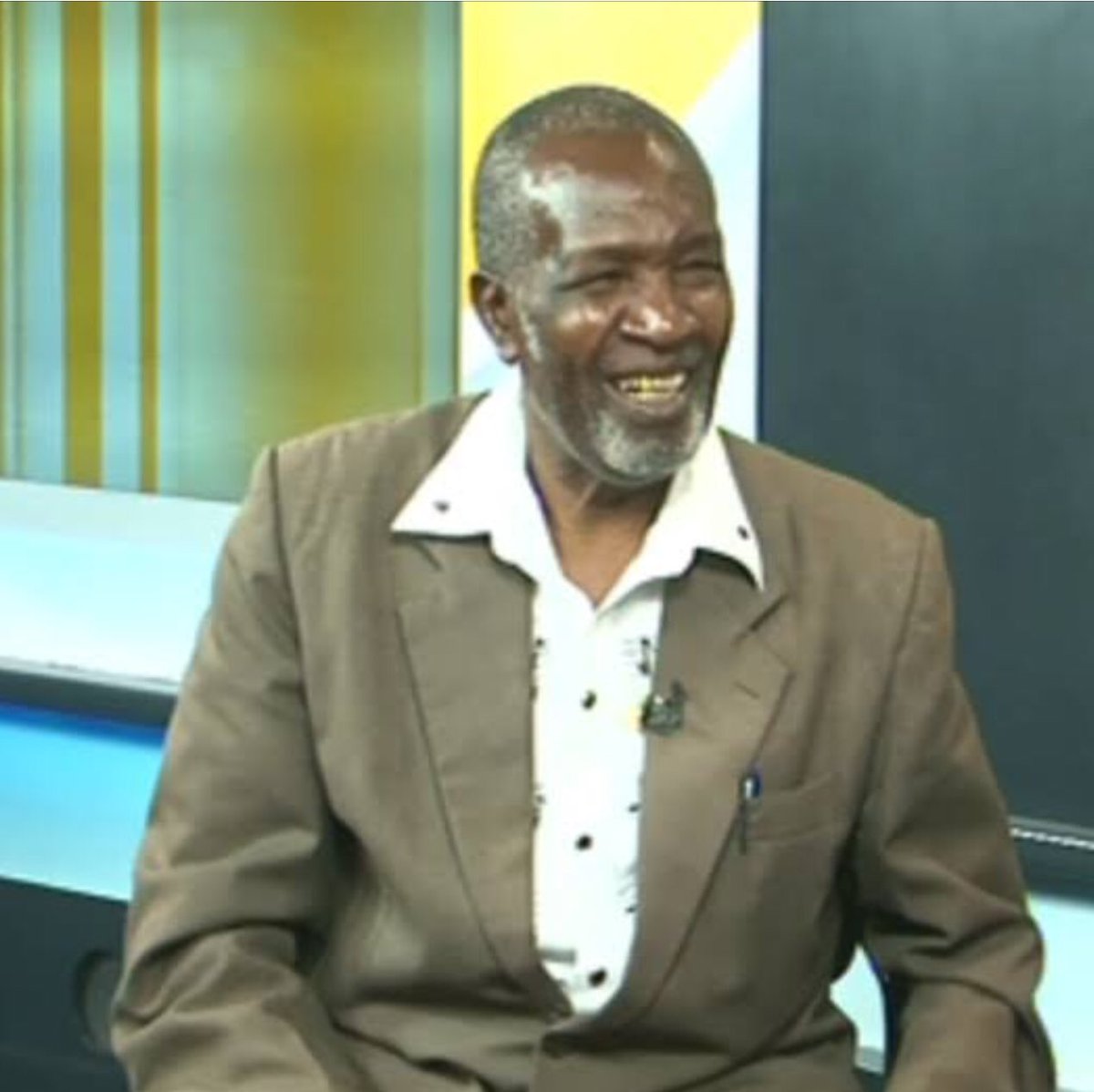#HistoryKeThread: When Colonial Officials Adopted Locals As Mistresses
Hell hath no fury like a randy colonial officer stationed miles away from conjugal comfort.
Hell hath no fury like a randy colonial officer stationed miles away from conjugal comfort.

In the early colonial years, the Governors' subordinates were initially men taken over from Imperial British EA Company (IBEAC). Later on, a professional class of colonial civil servants was recruited to take up the many administrative positions opening up in the colony.
Many of the officers had hardly gone beyond the age of 30.
As such, they invariably found themselves sexually starved and lonely. That is, if they didn't have African mistresses.
As such, they invariably found themselves sexually starved and lonely. That is, if they didn't have African mistresses.
In those days, crown officials had to seek permission before they could marry, and some districts were barred to white wives. It therefore became common feature for white colonial civil servants to 'adopt' local mistresses.
In fact, one DC in Nandi district in 1903 had a whole harem.
On some occasions, many actually, church missionaries and some settlers deplored the use by crown officials of African women as concubines.
On some occasions, many actually, church missionaries and some settlers deplored the use by crown officials of African women as concubines.

A settler, Scoresby Routledge, in 1908 complained to the Governor that the Nyeri DC, Hubert Silberrad, kept concubines.
The matter was raised in Parliament in England where one MP, Cathcart Wason, created a stir when he said that British civil servants in East Africa "lacked the same facilities as MPs, who could just walk outside and take their pick of white women".
When the Prime Minister’s...
When the Prime Minister’s...
...office in London got wind of the situation, it prompted for the issuing of the Crewe circular in January 1909.
In the circular, Lord Crewe wrote thus:
In the circular, Lord Crewe wrote thus:
"It has been brought to my notice that officers in the service of some of the Crown Colonies and Protectorates have in some instances entered into arrangements of concubinage with girls and women belonging to the native population...
...The moral objections to such conduct are so generally recognised that it is unnecessary to dwell on them…[I stress] the grave injury to good administration which must inevitably result…
[Please] warn them of the disgrace and official ruin which will certainly follow from any dereliction of duty in this respect...."
(Enclosure A in Circular of 11 January 1909, Confidential, Downing St.
(Enclosure A in Circular of 11 January 1909, Confidential, Downing St.
Some colonial officers scorned the circular and one, K.D.J. Duff, who was the administrator at Kipini, Lamu, even went to the extent of penning a poem mocking the directive. 

Shortly after he penned it, Duff committed suicide at Garsen on 3rd July 1919. Earlier the same year in February, Duff missed work for no fewer than three weeks.
Explaining the reasons for his absence, the Tanaland medical officer explained to authorities in Nairobi that the young administrator suffered from syphilis. He had prescribed Mercury and potassium iodide for the sores on the administrator's legs, the medical officer explained.
It wasn't clear whether Duff had acquired the disease locally, or from past colonial escapades. But before he died, Duff had penned an emotional letter to his mother, who immediately set sail for Lamu by steamer, and onward to Kipini by dhow.
Fatefully, she arrived just after Duff's remains had been interred next to the officers' bungalow at Kipini. Distressed and hysterical, she cursed the D.C. Captain Luckman, accusing him of being responsible for the death.
The loss of her son was too much to bear. In yet another twist of fate she suffered a seizure and died as she was being rushed to Lamu by boat.
Thereafter, two ghosts were said to haunt the DC’s house, one of them of C. G. Pitt (a local settler who reportedly suffered cerebral malaria and threw himself in River Tana) and the other of Mrs Duff. 

Kipini was subsequently an unpopular station among colonial officers and from the early 1930s a ghost book was kept there.
• • •
Missing some Tweet in this thread? You can try to
force a refresh













